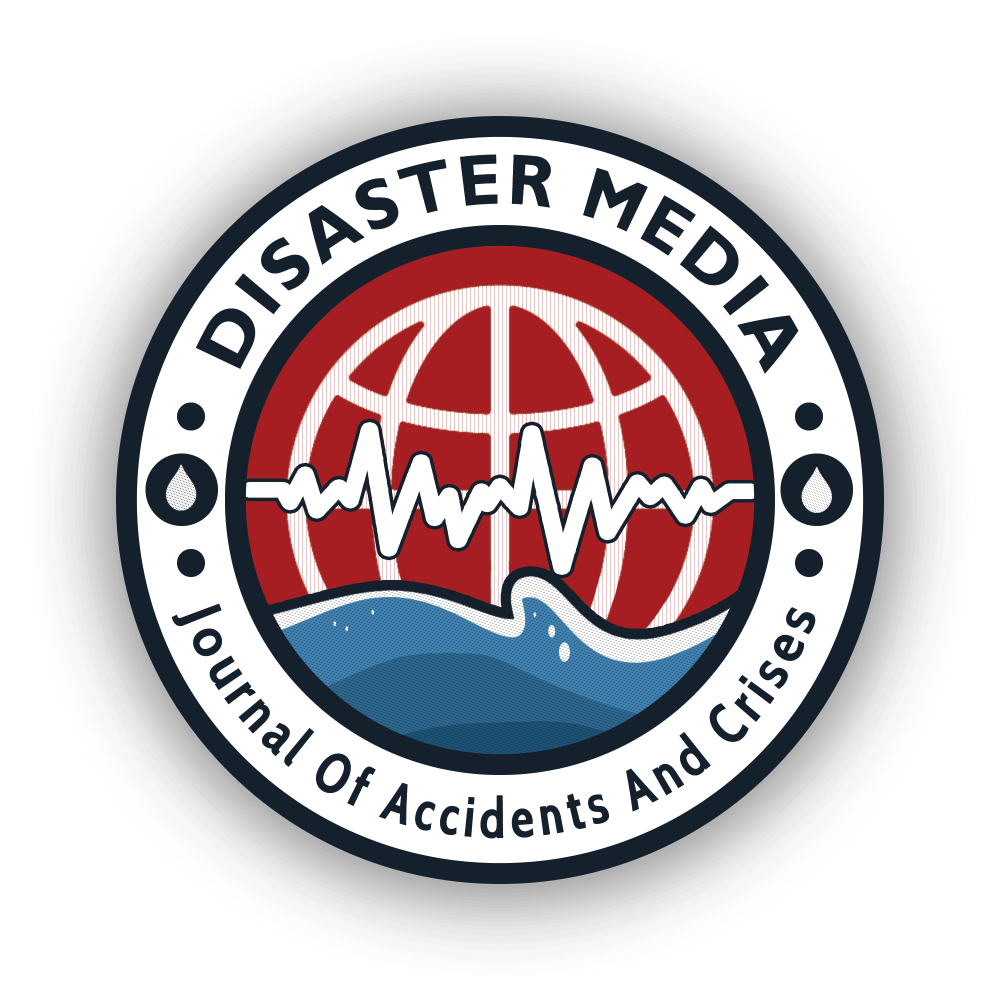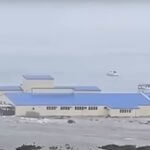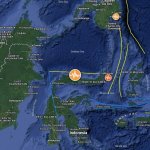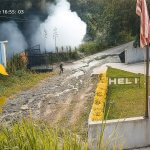A powerful magnitude 8.8 earthquake that struck off the southeastern coast of Russia’s Kamchatka Peninsula on July 29, 2025, generated a Pacific-wide tsunami, prompting widespread coastal alerts and emergency response measures in multiple regions. Among the most impacted areas outside of Russia was Hawaii, where tsunami waves of up to 1.7 meters (5.7 feet) were recorded. Despite the intensity of the event, no major structural damage or casualties have been reported.
The earthquake occurred at 23:25 UTC (11:25 local time in Kamchatka) at a depth of approximately 21 km. It is classified as the strongest earthquake in the Kamchatka region since the 1952 M9.0 event, and ranks among the six most powerful earthquakes recorded instrumentally.
In Hawaii, tsunami waves began arriving at 19:17 local time, nearly six hours after the earthquake. The highest wave, 1.7 meters, was recorded at Kahului on Maui, followed by 1.5 meters in Hilo (Hawaii Island) and 1.2 meters in Haleiwa (Oahu). Prior to wave landfall, noticeable sea level withdrawal was observed in areas like Hanalei Bay and Haleiwa, signaling the incoming threat.
Swift Emergency Response Prevents Casualties
Authorities in Hawaii responded promptly. Tsunami sirens were activated statewide, and evacuation orders were issued in Honolulu and other coastal communities. Shelters were opened across all islands, and residents were urged to move at least 120 meters (400 feet) inland.
Ports and harbors were closed, and commercial flights at Hilo and Kahului airports were temporarily suspended. Ground transportation was disrupted on several islands due to evacuation traffic.
Minor flooding occurred in some harbor facilities and coastal parking areas, but officials confirmed that no significant damage was sustained. The Hawaii Emergency Management Agency characterized the event as serious but far from catastrophic, stating that no wave of consequence materialized relative to worst-case tsunami models.
Broader Pacific Impacts and Kamchatka Damage
The tsunami’s effects were also felt across the Pacific. In the U.S. West Coast, waves measured 1.2 meters at Crescent City, California, and up to 0.9 meters in Arena Cove. Oregon’s Port Orford recorded 0.4 meters, while Alaska’s Adak Island saw 0.8-meter waves. Other coastal Alaskan locations, including Nikolski, Unalaska, and King Cove, experienced lower wave activity.
In Japan, waves of up to 0.35 meters (1.1 feet) were recorded in Kushiro and Hanasaki, prompting coastal warnings and brief port closures in Hokkaido.
Back in Russia, where the quake originated, tsunami waves reached heights of 3 to 5 meters, with the most severe surges reported in Severo-Kurilsk, a settlement on the northern Kuril Islands. The waves flooded port areas, displaced fishing vessels, and damaged infrastructure, including a kindergarten. Emergency responders evacuated vulnerable areas, and hospitals in Petropavlovsk-Kamchatsky continued functioning, even during surgical procedures. Several people sought medical care, though no fatalities were reported.
Comparison with Historic Events
The 1952 Kamchatka earthquake, which also occurred along this subduction zone, produced tsunami waves of over 18 meters (59 feet) and resulted in more than 2,300 deaths. In stark contrast, the 2025 earthquake, despite being nearly as strong, caused only minor injuries and localized flooding, thanks in part to modern early warning systems and coordinated emergency evacuations.
Reference:WarcherNews







